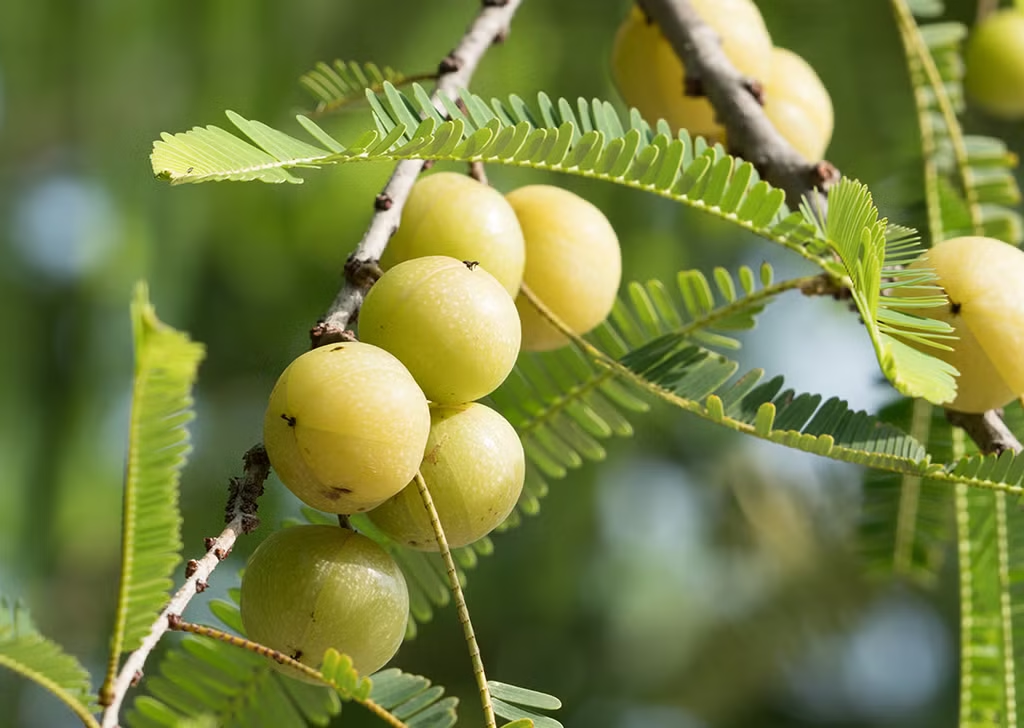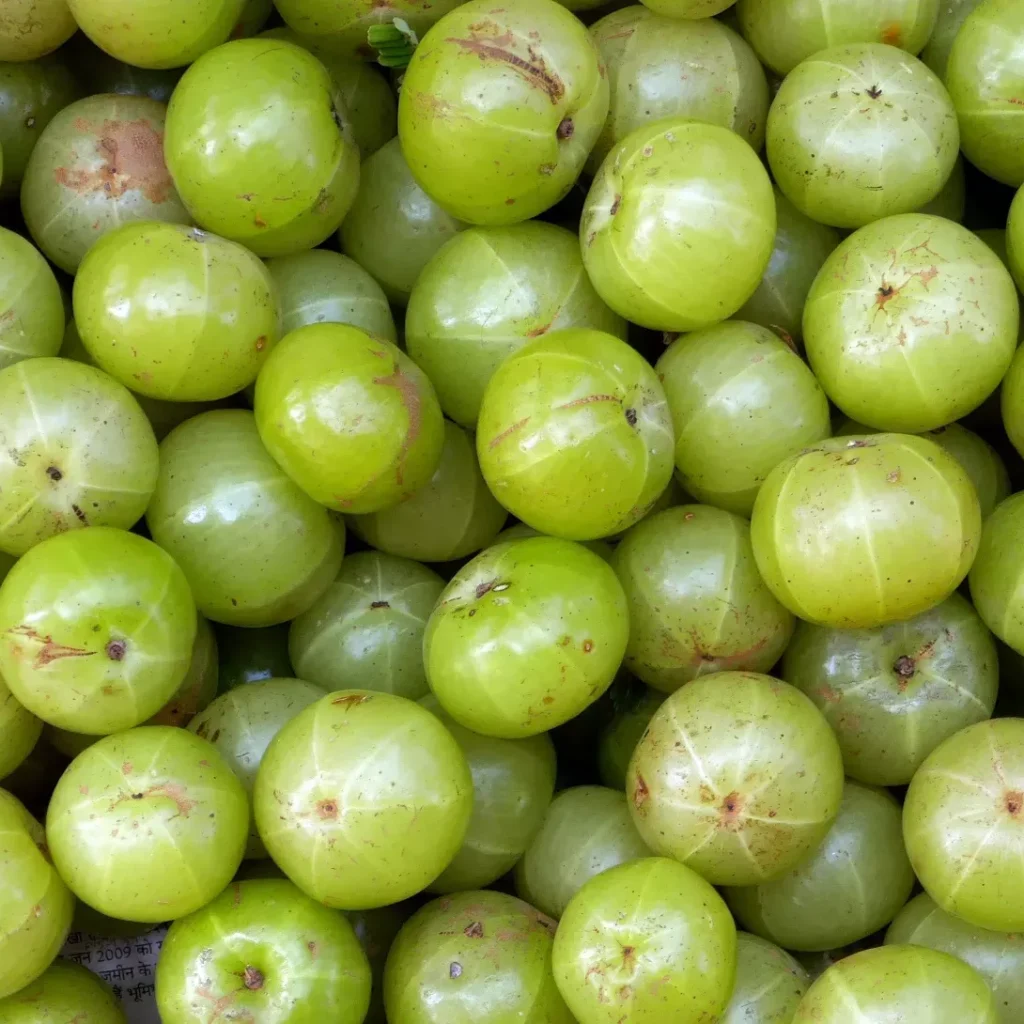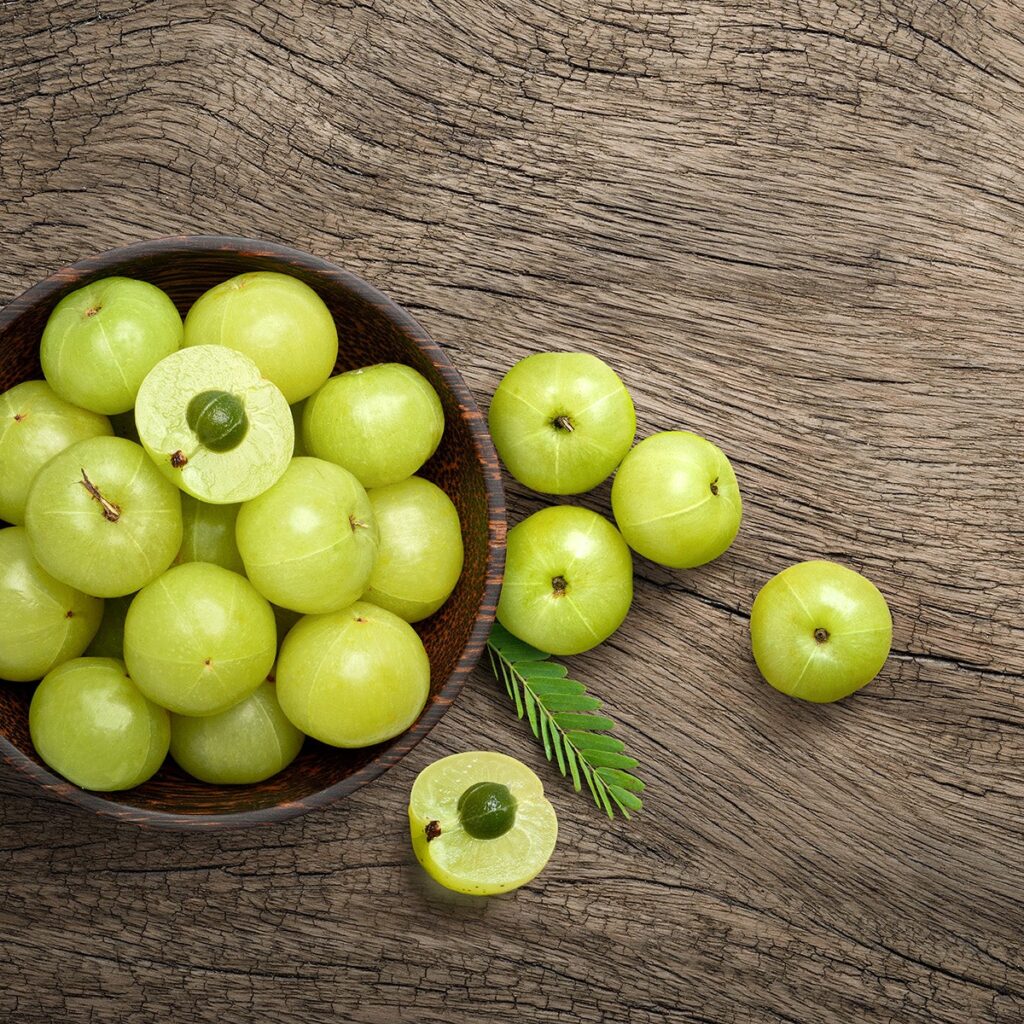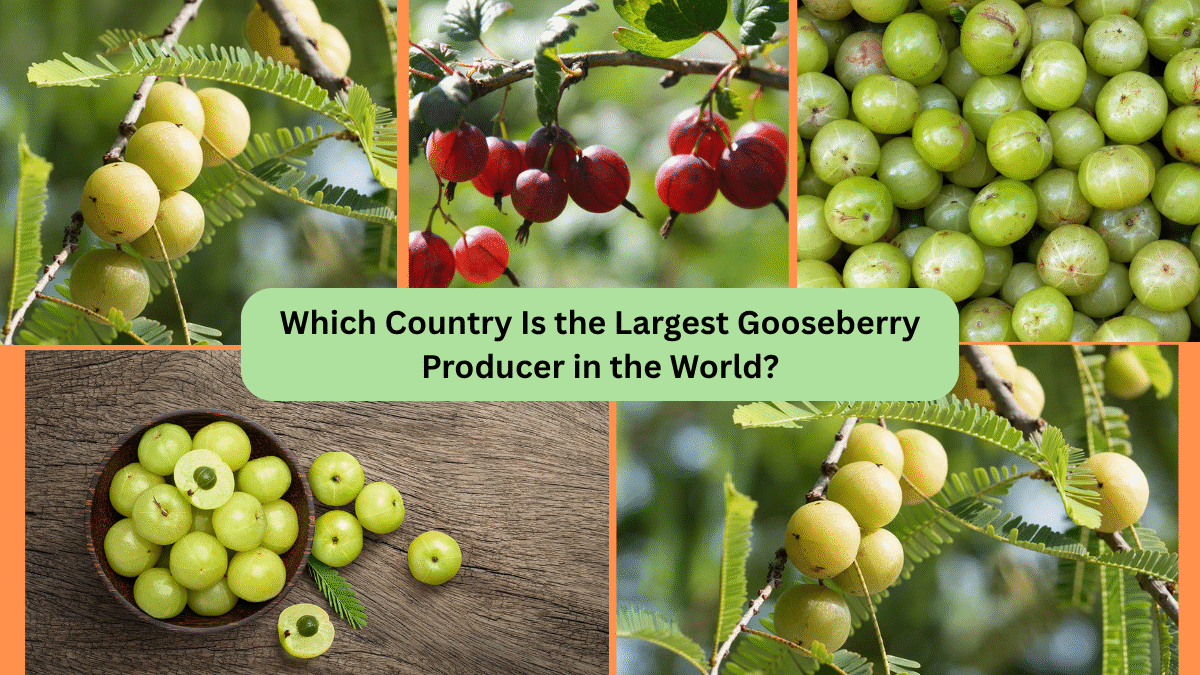Gooseberries, with their tangy-sweet taste and remarkable health benefits, have long been cherished in culinary traditions and folk medicine across Europe and Asia. From refreshing jams and pies to immune-boosting tonics and herbal treatments, this small but mighty berry has a rich global heritage. In recent years, demand for gooseberries has surged in the health food, natural supplement, and gourmet markets.
So, when it comes to gooseberry production, which country leads the world? In this comprehensive article, we’ll uncover the largest gooseberry producer, explore global production trends, and delve into why these tart fruits are winning attention worldwide.
What Are Gooseberries?

Gooseberries belong to the Ribes genus and are small, round berries that vary in color — ranging from green and yellow to red and purple. Depending on the variety, they can taste tart, mildly sweet, or even honeyed when fully ripe.
Some of the most common types include:
- European gooseberry (Ribes uva-crispa)
- American gooseberry (Ribes hirtellum)
- Indian gooseberry (Phyllanthus emblica), also known as Amla
While European and American gooseberries are popular for culinary uses, the Indian gooseberry (Amla) is prized for its incredible medicinal value and antioxidant properties.
Which Country Is the Largest Gooseberry Producer in the World?
India is the largest producer of gooseberries in the world, primarily cultivating the Indian gooseberry, or Amla.
Thanks to its wide-ranging health benefits, especially in Ayurvedic medicine, India has made gooseberry cultivation a major part of its agricultural and herbal industries. The country accounts for over 50% of the world’s total gooseberry production.
Why India Leads in Gooseberry Production

Several factors position India as the global leader in gooseberry farming:
1. Traditional Ayurvedic Medicine
Gooseberry, or Amla, holds a sacred place in Ayurveda, India’s ancient system of natural healing. It’s a key ingredient in popular herbal formulations like Chyawanprash, tonics, and hair oils. This traditional demand sustains vast domestic cultivation.
2. Suitable Climate and Soil
Gooseberries thrive in tropical and subtropical climates, making India’s varied agro-climatic zones ideal for large-scale cultivation. Major growing states include:
- Uttar Pradesh
- Madhya Pradesh
- Maharashtra
- Tamil Nadu
- Rajasthan
3. High-Yield Varieties
Indian agricultural research institutions have developed several high-yield, disease-resistant Amla cultivars like Banarasi, NA-7, Krishna, and Chakaiya, boosting both production and quality.
4. Expanding Export Market
With growing global awareness of Amla’s nutritional benefits, India has become a major exporter of fresh gooseberries, Amla powder, pickles, dried slices, and herbal supplements to markets like the United States, Europe, Australia, and the Middle East.
Gooseberry Production in Other Countries
Though India dominates the global market, several other countries cultivate gooseberries — primarily the European and American varieties — for fresh markets, jams, and specialty products.
Russia
Russia ranks among the top gooseberry producers in Europe. The country grows both wild and cultivated varieties, mainly for domestic consumption. Gooseberries are a staple in Russian jams, pies, and preserves.
Poland
Poland, with its cool temperate climate, has a thriving gooseberry industry. The country produces European gooseberries for fresh markets and food processing, including jams and syrups. Polish gooseberries are also exported to neighboring European nations.
Germany
Germany’s long-standing tradition of using gooseberries in culinary recipes such as Gooseberry Cake (Stachelbeerkuchen) keeps production alive. Although not as large-scale as in India, gooseberries are cultivated both commercially and in home gardens.
United States
In the U.S., gooseberries were once banned in many states due to concerns about their role in spreading white pine blister rust. However, those restrictions have relaxed in many regions, and commercial gooseberry farming has picked up, especially in Oregon, Michigan, and New York.
Global Gooseberry Market Overview

The global gooseberry market has witnessed consistent growth, driven by increasing demand for functional foods, organic produce, and plant-based supplements.
Market Drivers:
- Rising interest in natural, immunity-boosting foods
- The popularity of superfoods like Amla powder, juices, and herbal tonics
- Inclusion of gooseberries in hair care, skincare, and cosmetics
- Demand for organic and minimally processed health foods
In 2024, the global gooseberry market was valued at approximately USD 550 million, with projections indicating steady growth due to wellness trends.
Health Benefits of Gooseberries
Gooseberries, particularly Indian gooseberries (Amla), are nutritional powerhouses:
- Rich in Vitamin C — strengthens immunity and promotes healthy skin.
- Packed with antioxidants — fights oxidative stress and inflammation.
- Boosts digestion — aids in gut health and metabolism.
- Supports heart health — reduces bad cholesterol levels.
- Improves hair and skin health — widely used in herbal hair oils and facial products.
These benefits have elevated gooseberries into the ranks of modern-day superfoods.
Gooseberry Uses in Global Cuisine

While the medicinal uses of gooseberries are well-known, their culinary versatility deserves equal attention:
- Jams, jellies, and preserves
- Gooseberry pies and tarts
- Chutneys and pickles (especially in India and the UK)
- Gooseberry wine and liqueurs
- Toppings for yogurts and desserts
Their distinct tartness adds brightness and complexity to both sweet and savory dishes.
Challenges in Gooseberry Cultivation
Despite their hardiness, gooseberries present certain agricultural challenges:
- Susceptibility to fungal diseases like powdery mildew.
- Labor-intensive harvesting, as berries must be handpicked.
- Perishability — fresh gooseberries have a short shelf life.
- In regions like the U.S., lingering restrictions and plant disease regulations limit large-scale commercial farming.
However, with innovations in disease-resistant cultivars and post-harvest processing, these challenges are gradually being addressed.
Future Trends in Gooseberry Farming

The future of gooseberry farming, especially in India, looks promising:
- Increasing organic farming initiatives for chemical-free gooseberries.
- Expansion into nutraceutical markets, with more Amla-based supplements and health products.
- Export growth to meet rising global demand for dried, powdered, and processed Amla.
- Agri-tech integration for improving yields and disease resistance.
- Culinary trends spotlighting gooseberries in gourmet and plant-based cuisine.
Final Thoughts
Gooseberries may be small, but they pack a powerful punch when it comes to flavor, nutrition, and health benefits. While cultivated across the globe, India stands as the undisputed leader in gooseberry production, owing to its deep-rooted Ayurvedic traditions, suitable climate, and expanding export market.
As health and wellness trends continue to shape consumer preferences, the humble gooseberry — from the antioxidant-rich Indian Amla to the tangy European and American varieties — is poised to become an increasingly valued fruit in kitchens, pharmacies, and beauty products worldwide.





Leave A Comment